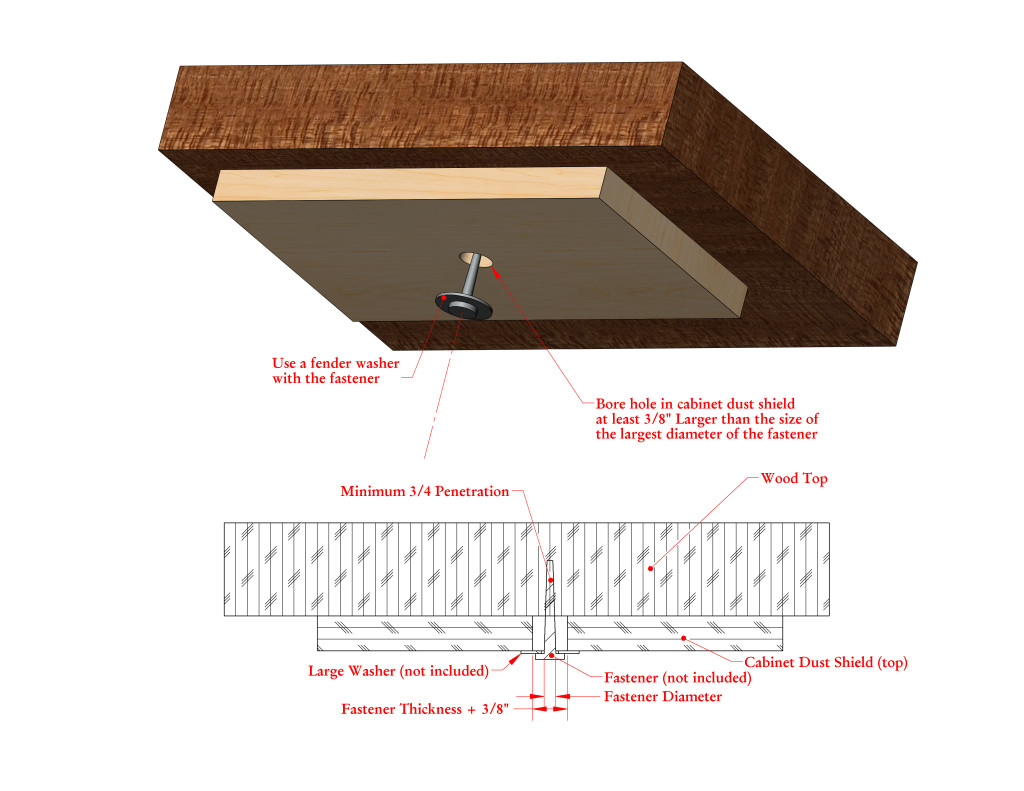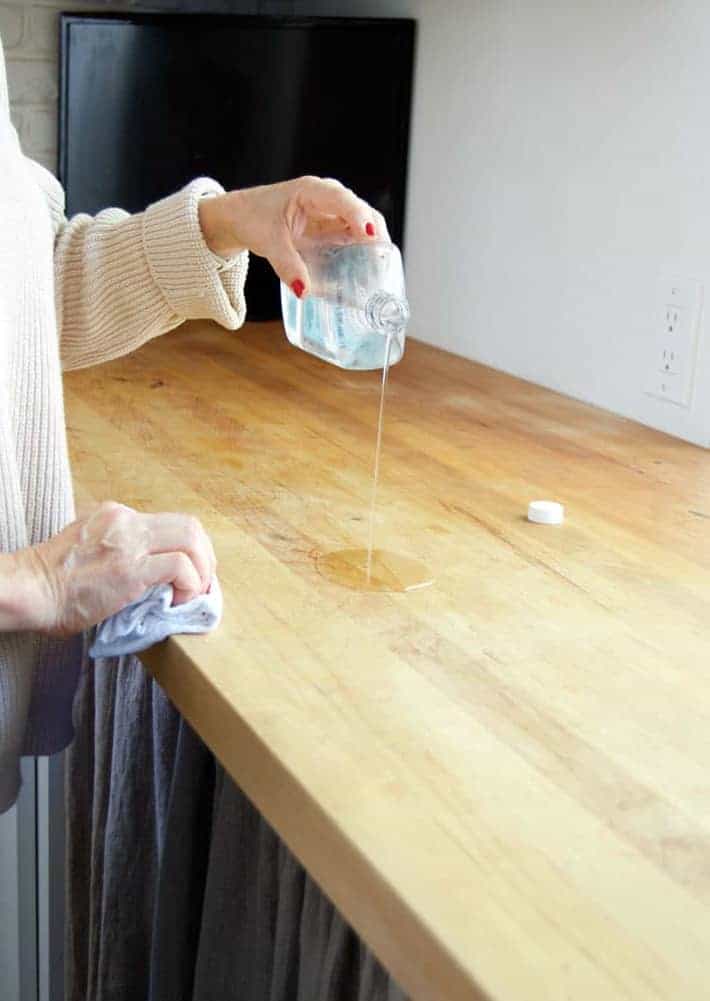Our Butcher Block Countertops - The Pros and Cons - Bob Vila PDFs


Wood Countertop Installation Guide
Some Known Questions About How to Install a Butcher-Block Countertop - how-tos - DIY.
Once all the pieces are taped in place, mark all the joints in between strips with reference lines that encounter the seam of the adjoining pieces. Utilizing a hot glue weapon, thoroughly secure each intersection, making sure to realign the referral marks. When the glue is dry, untape the design template, then carefully fold it up and send it to the manufacturer with your butcher-block order.
Likewise send along producers' product specification sheets (offered online). 5. Prepare the Cabinets If you're dealing with open-topped cabinets, you'll need to set up obstructing so there's something to screw the butcher block to. Utilizing a handsaw, cut plywood or 1x scrap to fit tightly within the width of the cabinet.
The 45-Second Trick For How Much Do Wood Countertops Cost? - HomeAdvisor
Fit the stopping in location at the front of the cabinet. Secure Try This to the cabinet with 1-inch deck screws through the pilot holes. If your cabinets have strong tops, it's best to glue down furring strips in order to produce an air area below the countertop and prevent it from cupping in situations where humidity swings are an issue.

IKEA Kitchen Inspiration: Buying (and Installing) New Kitchen Countertops
Lay these strips every 16 inches throughout the cabinet tops, sticking each down with a bead of cooking area and bath sealant. To make an angled pilot hole in the blocking, first drill a little starter hole straight down, then pull the bit out and reposition it at an angle in the hole.
Some Known Factual Statements About Top 15 Kitchen Countertops Costs and Pros & Cons in 2021
Connect the Butcher Block Using a drill/driver fitted with a -inch paddle bit, drill through the center of the stopping or through the strong cabinet top at one furring strip. Create one hole like this on each cabinet. When making the holes in the cabinets, keep the bit from blowing out the wood around the hole by clamping a scrap block of wood against the cabinet top.
Tighten Down the Block From inside the cabinet, drive a deck screw fitted with a fender washer up through each hole, into the butcher block. (Make sure the screw is much shorter than the counter is thick.) Tighten up the screw till it simply pulls the block snug to the cabinet. These screw "clamps" will enable the counter top to somewhat move and prevent the butcher block from separating, cracking or splitting as the wood expands with humidity.

